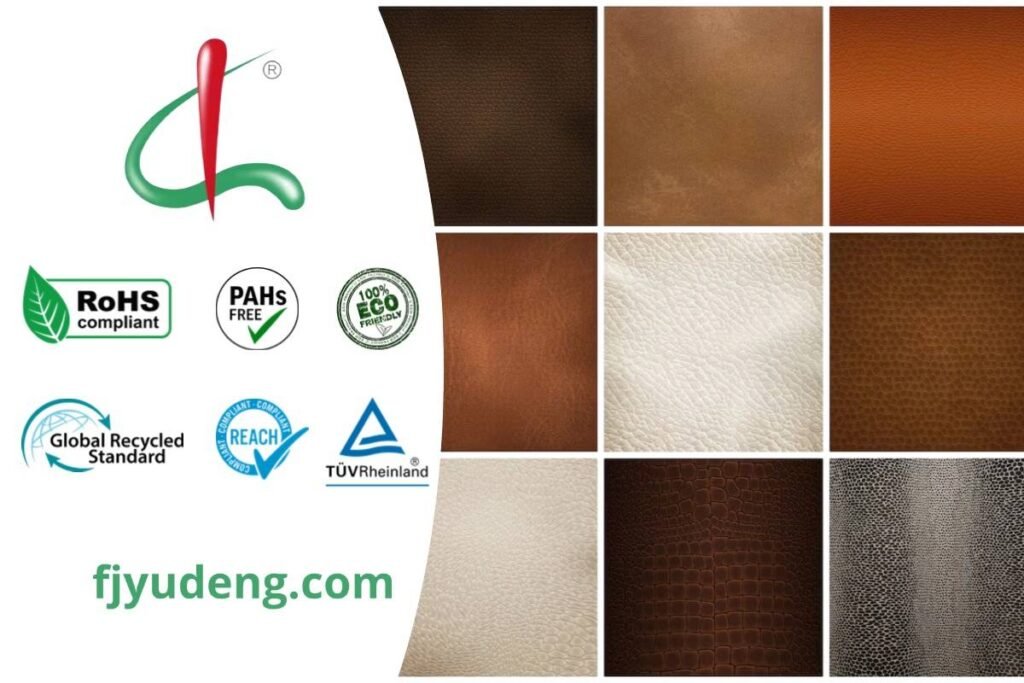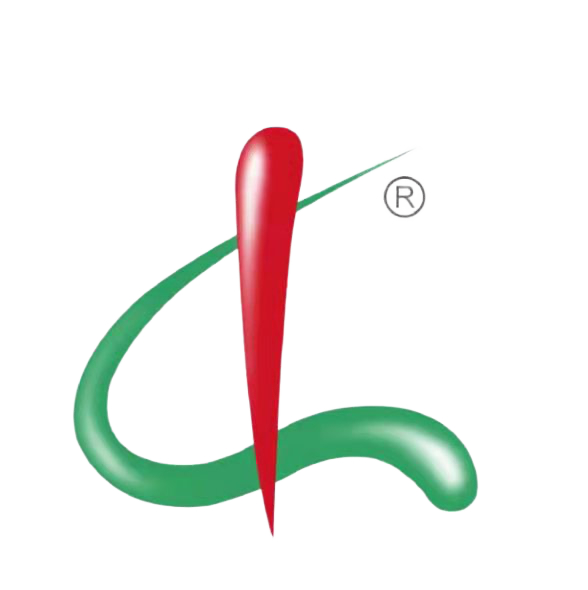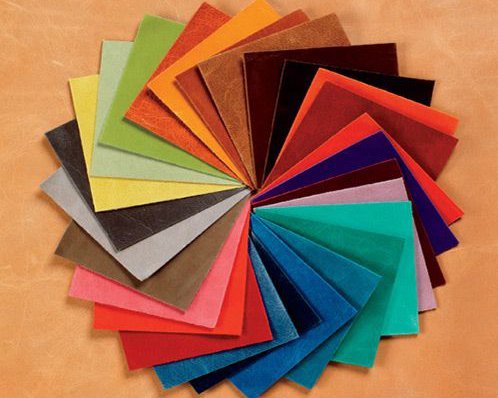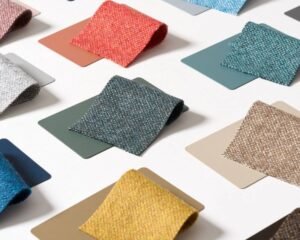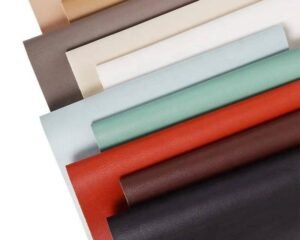In many manufacturing fields, from shoes, bags to car interiors and home sofas, PU (polyurethane) synthetic leather, as a new material that combines beauty, durability and sustainability, is gradually replacing natural leather and becoming the preferred material for more and more brands. However, the market demand for PU synthetic leather is constantly upgrading, and traditional standardized products have long been unable to meet the customization needs of personalization, high performance and environmental protection. At this time, finding a PU synthetic leather manufacturer that has both process depth and understanding of customer needs has become an important task that cannot be ignored by every brand, buyer, and design company.
Choosing a suitable polyurethane leather manufacturer is not only related to the appearance, texture and performance indicators of the product, but also involves the whole process of delivery, compliance, environmental protection and cost control. Especially under the trend of increasingly refined “customization” needs, whether a professional PU synthetic leather factory has flexible proofing capabilities, whether it can make differentiated textures according to the customer’s special formula, and whether it can meet green production and export compliance are all key links that determine the success or failure of cooperation.
So, in the face of a variety of PU factories and complex material options, how should we evaluate whether a manufacturer is trustworthy?
Índice
- Clear requirements: What aspects of your PU synthetic leather need to be “customized”?
- How to judge the professional ability of PU synthetic leather manufacturers?
- Factory strength inspection: What information must be known in advance?
- Key details to pay attention to during proofing and trial production
- Quality control and certification system: standards you cannot ignore
- How to evaluate the environmental protection and sustainability of PU synthetic leather?
Clear requirements: What aspects of your PU synthetic leather need to be “customized”?
Before looking for a manufacturer, you first need to clarify what kind of PU synthetic leather you want. A procurement task without a clear direction is likely to lead to multiple unsatisfactory proofing, cost overruns, time delays and other problems.
Material category
PU synthetic leather is not a single material, but is divided into multiple types according to the substrate, coating method and purpose:
Full PU: good softness, suitable for high-end furniture, clothing and car interior, with a texture close to natural leather.
Semi-PU: more cost-effective, with diverse surface treatments, suitable for large quantities of luggage and shoes.
Water-based PU: using water as a solvent, low volatile organic compound (VOC) content, good environmental protection, is the preferred option for export to Europe and the United States.
Environmentally friendly PU: introducing bio-based materials or solvent-free technology to meet the requirements of the green supply chain is a key direction for sustainable development.
Surface leather texture and touch
The mainstream textures on the market include lychee texture, nappa texture, mirrored leather, matte matte, carbon fiber texture, etc. Texture not only affects visual beauty, but also determines the market positioning of the final product. For example, Nappa texture is more suitable for high-end leather goods, while carbon fiber texture is often used in sports goods or car seats. In addition, the feel of the surface coating (such as soft skin feel, rubber feel, glossy feel) should also be set in advance.
Backing fabric selection
Backing material is an important part of synthetic leather structure, which directly affects the ductility, flexibility and overall feel of PU leather:
- Non-woven fabric: light, stable, suitable for shoe upper materials with simple process
- Knitted fabric: high softness, suitable for furniture and clothing
- TC fabric (polyester-cotton blend): good pressure bearing and adhesion, widely used in luggage
- Stretch fabric/microfiber fabric: suitable for high-end sports goods and furniture covering needs
Functional treatment
According to the product use, the following additional properties can also be required:
- Flame retardant (in accordance with BS5852, CA117 and other standards)
- Antibacterial and mildew-proof (suitable for humid environments or export needs)
- Ultraviolet (UV) resistant treatment (commonly used for outdoor seats)
- Abrasion-resistant, scratch-resistant, anti-yellowing, anti-hydrolysis treatment (aging resistance is improved)
All the above parameters are recommended to be included in the “Customization Requirements Table” or “Technical Specification Table” to facilitate subsequent proofing and inspection.

How to judge the professional ability of PU synthetic leather manufacturers?
To judge whether a manufacturer is professional or not, you cannot just look at the official website and quotation sheet, but need to deeply examine its industry experience, technical strength and product supporting capabilities.
Industry experience and customer cases
Manufacturing experience reflects its ability to deal with complex orders. It is recommended to give priority to companies that have been established for more than 10 years and check whether they have served international brands or participated in OEM projects.
Independent R&D and design capabilities
Is there an independent formula database? Does it have a color matching system and pattern development capabilities? Can it achieve a one-to-one copy of the sample cloth provided by the customer? In addition, whether the manufacturer has independent research and development of environmentally friendly PU materials and whether it participates in the formulation of industry standards are important indicators of its strength.
Advanced equipment
Different processes require different production equipment. High-standard factories should be equipped with:
- Dry and wet coating lines (multi-layer composite)
- UV roller coating system (light resistance treatment)
- Leather embossing machine, transfer equipment (can achieve fine leather grain)
- Laser engraving machine and digital inkjet (for brand customized patterns)
The more advanced the equipment technology, the more it can meet the needs of high-difficulty customization.
Quality and environmental certification
Reliable manufacturers should have the following certifications:
- ISO 9001 (quality management system)
- ISO 14001 (environmental management)
- REACH, RoHS, EN71, Prop 65 and other test reports
- OEKO-TEX STANDARD 100 (textile-grade environmental protection standard)
The certificate is not only a compliance guarantee, but also a “passport” to enter the international market.
Factory strength inspection: What information must be known in advance?
Factory infrastructure
Does it have a standard factory building of more than 5,000 square meters?
Does it have more than 3 PU coating lines?
Does it have an independent laboratory and proofing workshop?
Technology and management team
Check the background of its core personnel, whether they are from large material groups, and whether they have a doctorate or engineer title. Is the management system information-based, such as using an ERP system for order tracking and process monitoring?
Customer service and proofing response
Does it support sample proofing?
Does it support low minimum order quantity orders? For example, some factories can accept a minimum order of 300 meters, which is very attractive to new brands.
Transparent factory process display
Professional factories are often willing to provide production flow charts, workshop photos, quality inspection process diagrams, and even online live proofing workshops. Customers can use this to evaluate their operational capabilities and product consistency.
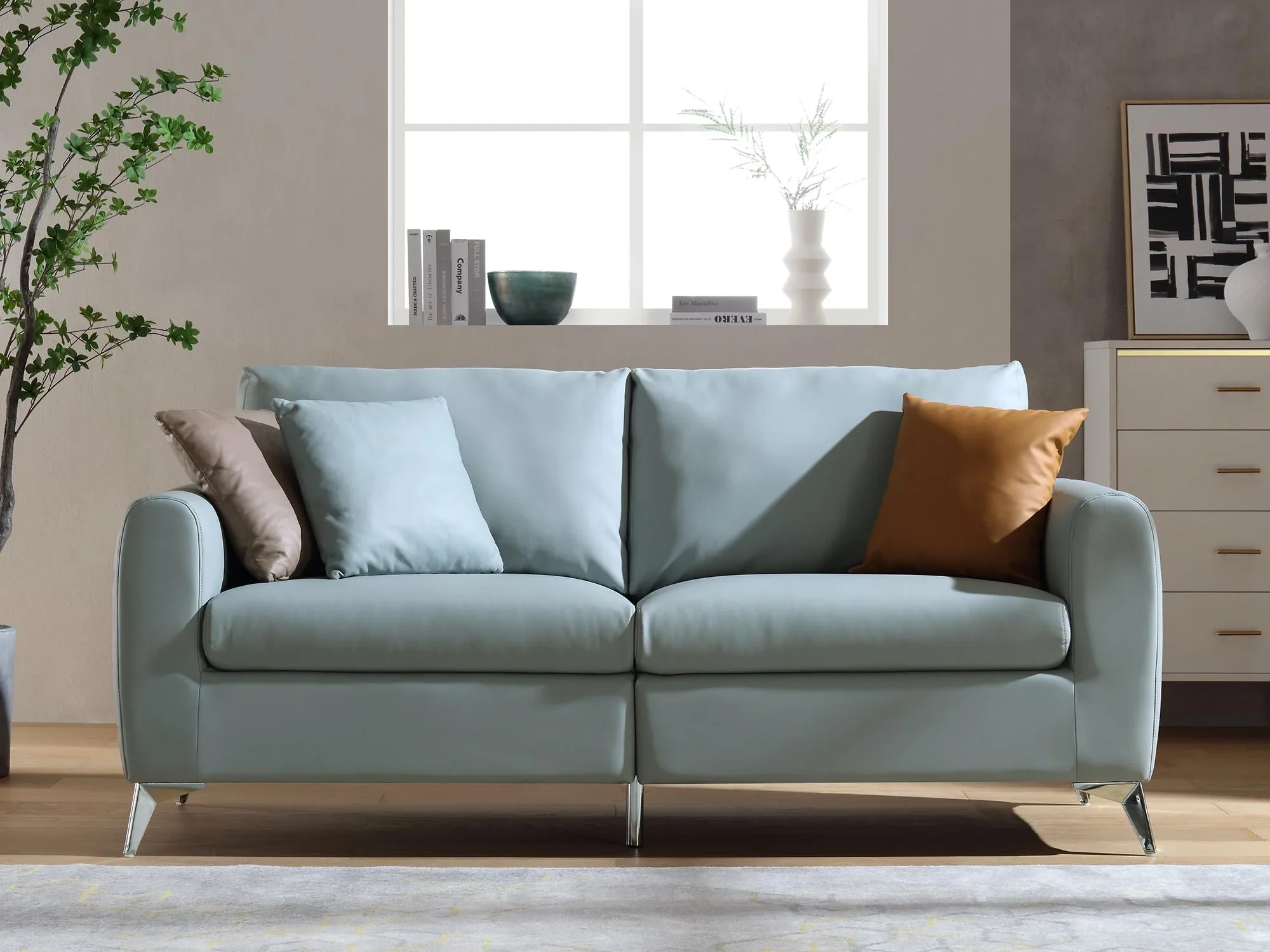
Key details to pay attention to during proofing and trial production
Proofing is the best opportunity to test the professionalism of manufacturers. A detailed proofing process can also foresee the risk points of subsequent mass production.
Proofing agreement and feedback mechanism
It is recommended to sign a proofing agreement before proofing, including confirmation items such as color number, texture number, delivery time, functional requirements, etc., and sign a proofing confirmation form after the sample is confirmed.
Common Problem Control
Color difference problem: It is recommended to provide Pantone number or physical sample, and require the manufacturer to provide color difference test results (△E < 1.5)
Texture deviation: It is required to provide high-resolution texture template and compare on site
Reference value of test items
- Tensile strength (≥15N)
- Peel strength (≥2.5 N/cm)
- Hydrolysis resistance (70℃ high humidity ≥7 days without deformation)
- Abrasion resistance (≥30,000 Martindale times)
Quality control and certification system: standards you cannot ignore
Full process quality inspection
High-quality manufacturers should have a full process quality inspection mechanism from raw materials, semi-finished products, coating, lamination, finished products to delivery.
- Raw material inspection: Are imported PU resins and environmentally friendly DMF substitutes used?
- Coating control: Are thickness, uniformity, and feel parameters consistent?
- Finished product inspection: Including color fastness, VOC release, odor evaluation, softness comparison
Testing and reporting compliance
Can third-party test reports such as SGS, TÜV, Intertek be provided? The specific parameters and implementation standard number should be indicated in the report.

How to evaluate the environmental protection and sustainability of PU synthetic leather?
Under the current trend of carbon neutrality, companies are paying more and more attention to the environmental performance of PU materials.
The greenness of the material itself
Water-based PU: using water as solvent, no DMF residue, is the preferred choice for green supply chain
Bio-based PU: using renewable resource raw materials such as castor oil and soybean oil
Environmental protection of the process
Solvent-free process, closed circulation system
Waste gas purification equipment: RTO high temperature incineration system
Wastewater treatment: whether it can meet the emission standards
Compliance with environmental regulations
Manufacturers should meet the following standards:
- VOC emission ≤ 0.5 mg/m3 (GB/T 18883)
- Heavy metal content ≤ EU REACH standard limit
- RoHS lead-free and cadmium-free test qualified
ESG and carbon footprint
- Is there a carbon footprint accounting system?
- Participate in the green supply chain plan?
- Disclose the ESG report?
| Comece seu pedido | E-mail: hello@fjyudeng.com | Número: +86 17746077007 |
Choosing the right PU synthetic leather manufacturer is a strategic decision that cannot be ignored in every product development link. From clear demand, process matching, qualification assessment, factory transparency to environmental sustainability, the comparison and analysis of the entire process can build a stable and high-quality supply chain for the brand.
Yudeng’s professional PU leather factory provides practical and detailed guidance for your PU synthetic leather customization. If you need further technical consultation, sample proofing suggestions or supplier recommendations, please continue to pay attention to Yudeng’s professional polyurethane leather sharing platform.
